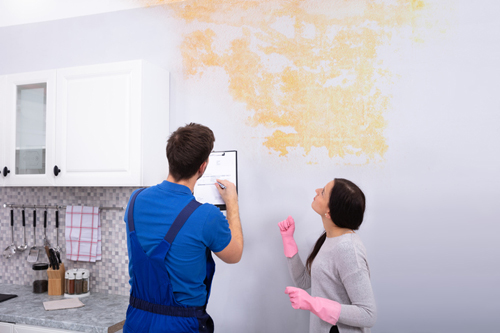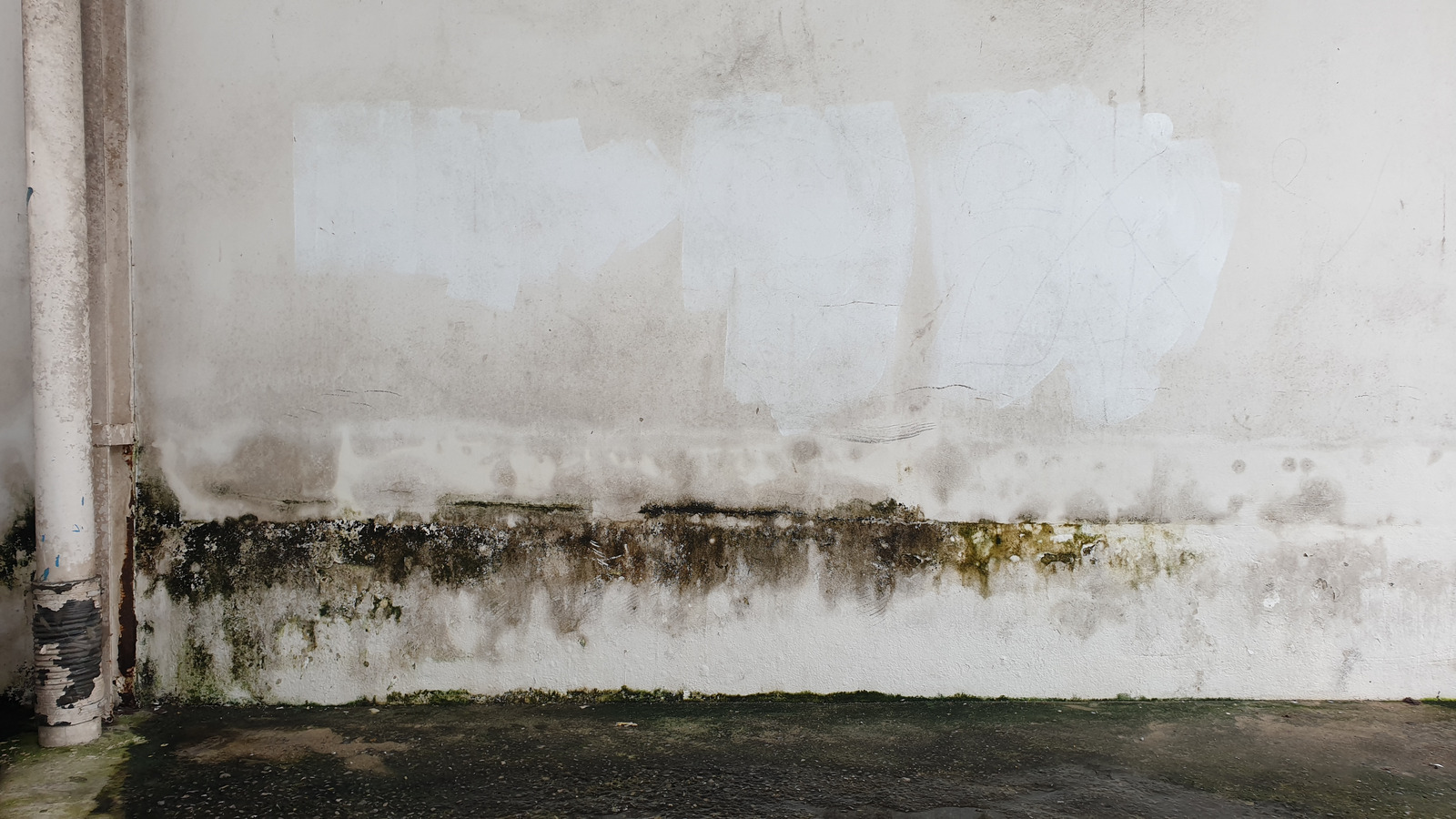Don't Let Wall Stains Linger - Best Practices For Checks And Repairs
Don't Let Wall Stains Linger - Best Practices For Checks And Repairs
Blog Article
Everyone has their own individual opinions involving Water Stains on Walls.

Water discolorations on walls are not enjoyable to the eyes. Occasionally it seems nearly inevitable to experience water stains on wall surfaces in homes.
Property owners living in moist areas frequently deal with the concern of water stains on walls. With all-round and precise information on the causes of water stains and punctual repair work procedures, you will constantly be an action ahead of such incidents.
3 Usual Causes of Water Spots on Wall Surfaces
Contrary to popular belief, water discolorations on walls do not always come from bad structure products. There are several root causes of water discolorations on wall surfaces. These include:
Damp
When hot moist air meets with completely dry cold air, it causes water beads to base on the wall surfaces of buildings. This happens in bathroom and kitchens when there is heavy steam from cooking or showers. The water droplets can stain the surrounding walls in these parts of your house as well as infect various other areas.
Moist or condensation impacts the roof covering and also wall surfaces of structures. This creates them to show up darker than various other areas of the home. When the wall is wet, it produces an appropriate atmosphere for the development of fungis as well as microorganisms. These may have unfavorable impacts on health and wellness, such as allergies as well as respiratory disorders.
Poor Water drainage
When making a structure plan, it is important to guarantee appropriate drain. This will certainly avoid water from seeping right into the walls. Where the water drainage system is blocked or missing, below ground moisture accumulates. This web links to too much dampness that you notice on the walls of your structure.
The leading reason of damp walls, in this situation, can be an inadequate drainage system. It can additionally be because of inadequate management of sewer pipes that run through the building.
Pipeline Leaks
The majority of homes have a network of water pipes within the walls. It always boosts the stability of such pipes, as there is little oxygen within the walls.
Yet, a drawback to this is that water leak influences the walls of the building as well as triggers prevalent damages. A dead giveaway of damaged pipes is the appearance of a water stain on the wall.
Pro Suggestion
A houseplant in your home also enhances its moisture. If the residence is already humid, you may desire to present houseplants with marginal transpiration. An example of suitable houseplants is succulents.
Water Spots on Wall: Repair Service Tips
When dealing with water spots, house owners would normally desire a fast solution. Yet, they would soon realize this is counterproductive as the water stains repeat. So, below are a couple of practical ideas that will direct you in the repair service of water spots on walls:
Final thought
No one desires to have water spots on walls in their home, it can take place to the finest of us. This short article offers you take advantage of, as you now know just how to manage this problem if it does happen.
It is always best to recruit professional solutions to assist repair the damages in your home.
Occasionally it appears nearly unavoidable to experience water stains on wall surfaces in residences.
Contrary to popular idea, water spots on walls do not always stem from inadequate building materials. There are numerous reasons of water stains on walls. The water beads can discolor the surrounding wall surfaces in these components of your home and also spread to various other areas.
Below are a couple of useful tips that will certainly assist you in the repair work of water discolorations on walls:
CHECKING FOR WATER DAMAGE
Water damage can be costly, and it may begin before you even notice the first signs of trouble. Water damage can cause mold and mildew in your walls and floors, which can create an abundance of health concerns for your family. It can also lead to costly repairs of various appliances and general home fixtures. To avoid the pricey consequences of water damage, here are Warner Service’s top 5 places you should check:
The walls – The easiest place to spot the beginnings of water damage is on the walls and ceilings of your home. If water damage is present, there will most likely be water stains, especially around the windows and doorframes, and/or cracks in the drywall. If a stain looks unusual (discolored to brown, black or gray, raised texture), has a swollen appearance or is soft to the touch, contact a professional immediately. The pipes – To avoid water damage, consistently check the pipes in your kitchen (especially the dishwasher and ice maker), bathrooms, laundry room (specifically washing machines) and basement for corrosion, leaks and water stains. Pay special attention to where the pipes connect in your home and the location of caulking around the bathroom fixtures, including toilets, sinks, showers and tubs. Missing or loose caulking and grout could be signs of leaking water. This seepage can also quickly cause mold and rust, so double check your water heater and tank for wet spots on the floor. The floor – Water damage is very easy to spot on the floor. Look for any warping or buckling of the material, especially in the basement. If your home has wood flooring, look for bright white or dark stains. If your home has carpeting, keep it dry and clean. A damp carpet that smells of mold could cause water damage and health problems. To avoid this, consider installing floor pans under your appliances to help prevent damages from small, slow and undetected leaks. The basement and attic – If your basement or attic smells odd check for mold and mildew around the area, especially the valley where the roof meets. While you are inspecting those areas, check for wall cracks, floor stains, rust and dampness in the insulation. If you live in a colder and/or rainier climate, perform routine checks for water damage from melting snow or ice and rain. The exterior – Check the roof for damaged flashing and missing, cracked or curled shingles. There should also be no standing water anywhere outside your home. This could be caused by puddles, leaky rain gutters or hoses, poor drainage, or short gutter spouts. Invest in a sump pump system or water flow monitoring system, and perform routine maintenance on these outdoor appliances to avoid indoor water damage.

I ran across that article on while perusing the web. For those who appreciated our page plz make sure you remember to share it. We appreciate reading our article about .
Suggested Site
Report this page